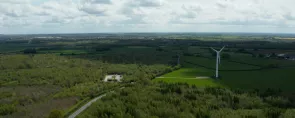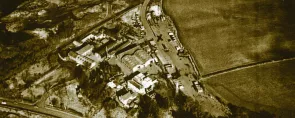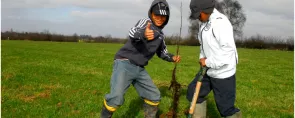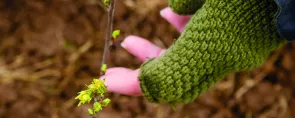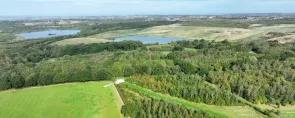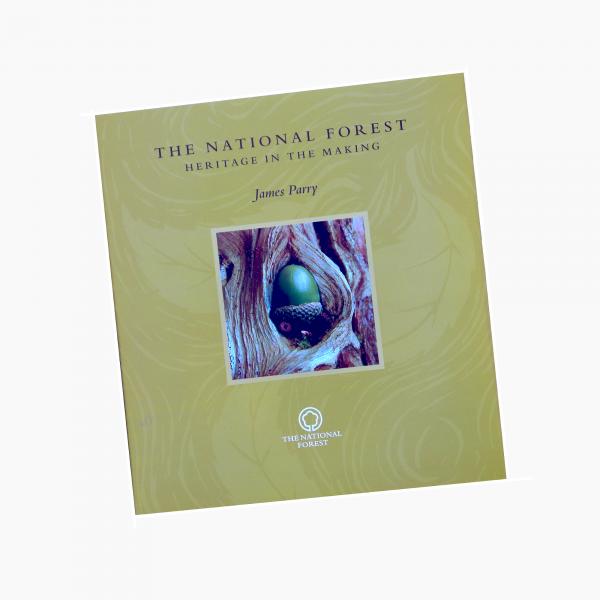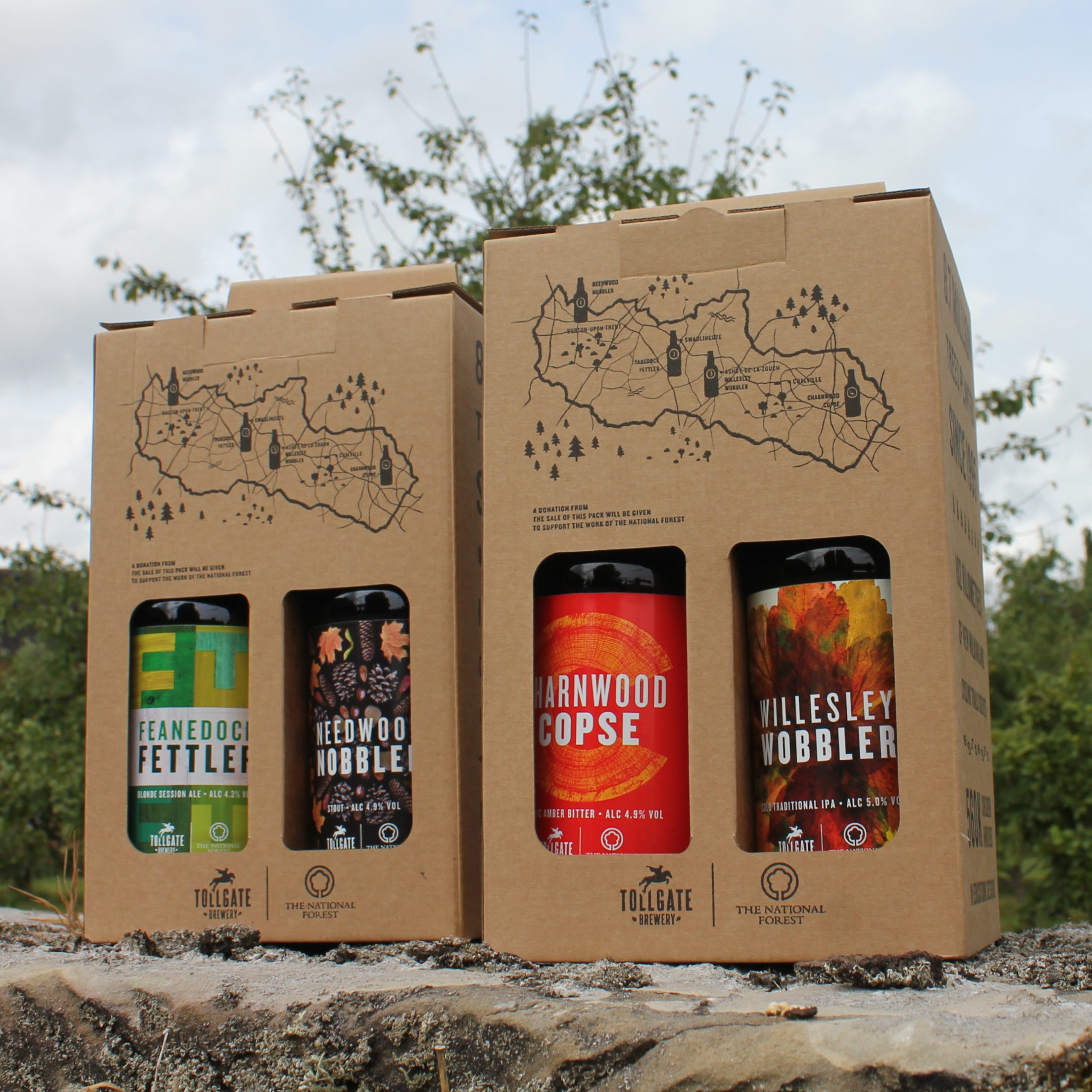Its thriving woodlands now provide a haven for wildlife and seasonal spectacles like the annual bluebell displays.
Typically, at their peak from mid-April to early May, these delicate blooms are a highlight of the season, drawing nature lovers, photographers, and walkers alike. Here’s where to find some of the best bluebell displays in the National Forest.
Calke Abbey, Derbyshire.
The bluebell display at Calke Abbey can be seen along the Serpentine Woodland Walk, where large areas of semi-natural ancient woodland support a strong bluebell population. The woodland’s long history and minimal disturbance have allowed bluebells to establish and spread. Managed by the National Trust, Calke Abbey also offers accessible paths and visitor facilities, making it a popular location for seasonal walks.
Martinshaw Wood, Groby, Leicestershire
Situated between Groby and Ratby, Martinshaw Wood is a well-established woodland with spectacular bluebell displays. This site offers a mix of open glades and shaded trails, providing ideal conditions for bluebells to thrive. It’s also home to diverse wildlife, including deer and various bird species.
Sence Valley Forest Park, Ibstock, Leicestershire
Once an open-cast mine, Sence Valley Forest Park has transformed into a rich woodland landscape with lakes, meadows, and young forest. The best bluebell displays can be found in the more mature wooded areas, particularly along shaded trails.
Dimminsdale Nature Reserve, near Calke Abbey, Derbyshire
One of the most renowned bluebell sites in the National Forest, Dimminsdale Nature Reserve sits on the Leicestershire-Derbyshire border near Calke Abbey. Managed by the Leicestershire and Rutland Wildlife Trust, this ancient woodland features dense carpets of bluebells, creating a magical springtime experience.
Jackson’s Bank, Yoxall, Staffordshire
A hidden gem, Jackson’s Bank is a peaceful woodland forming part of the Duchy of Lancaster’s Needwood Estate. In addition to its impressive bluebell displays, the woodland is home to wild garlic and a variety of wildlife. Much of the area was replanted after World War II and is now a designated Site of Special Scientific Interest.
The Outwoods, Loughborough, Leicestershire
One of the oldest surviving woodlands in Charnwood Forest, The Outwoods is an ancient oak-dominated woodland that transforms into a sea of bluebells each spring. Well-marked trails and scenic viewpoints make it an excellent spot for a springtime walk.
Swithland Wood, Woodhouse Eaves, Leicestershire
Part of the Bradgate Estate, this mature woodland bursts into colour in spring. With a network of footpaths and bridleways, Swithland Wood also hosts an annual bluebell church service celebrating the arrival of the season.
Beacon Hill Country Park, Woodhouse Eaves, Leicestershire
Famous for its rocky outcrops and panoramic views, Beacon Hill also features pockets of ancient woodland where bluebells flourish in the lower areas. It’s an excellent location for those looking to combine bluebell spotting with a scenic countryside walk.
To help preserve these beautiful flowers, visitors should stick to designated paths to prevent trampling. Bluebells are protected under the Wildlife and Countryside Act 1981, making it illegal to pick them.
The peak season for bluebells is typically mid to late April, depending on weather conditions. Early morning or late afternoon visits offer the best light for photography and a quieter, more peaceful experience.
Exploring the National Forest during bluebell season is a wonderful way to connect with nature and experience one of the UK’s most iconic spring sights. Whether visiting a well-known site or discovering a hidden gem, the sight of bluebells in full bloom is a seasonal delight not to be missed.
To support biodiversity in the National Forest, please consider donating to help us continue in our efforts to protect nature and wildlife by planting trees and creating more habitats for them to thrive.



